The history of The Lanesborough
The story of a Regency icon in the heart of London.
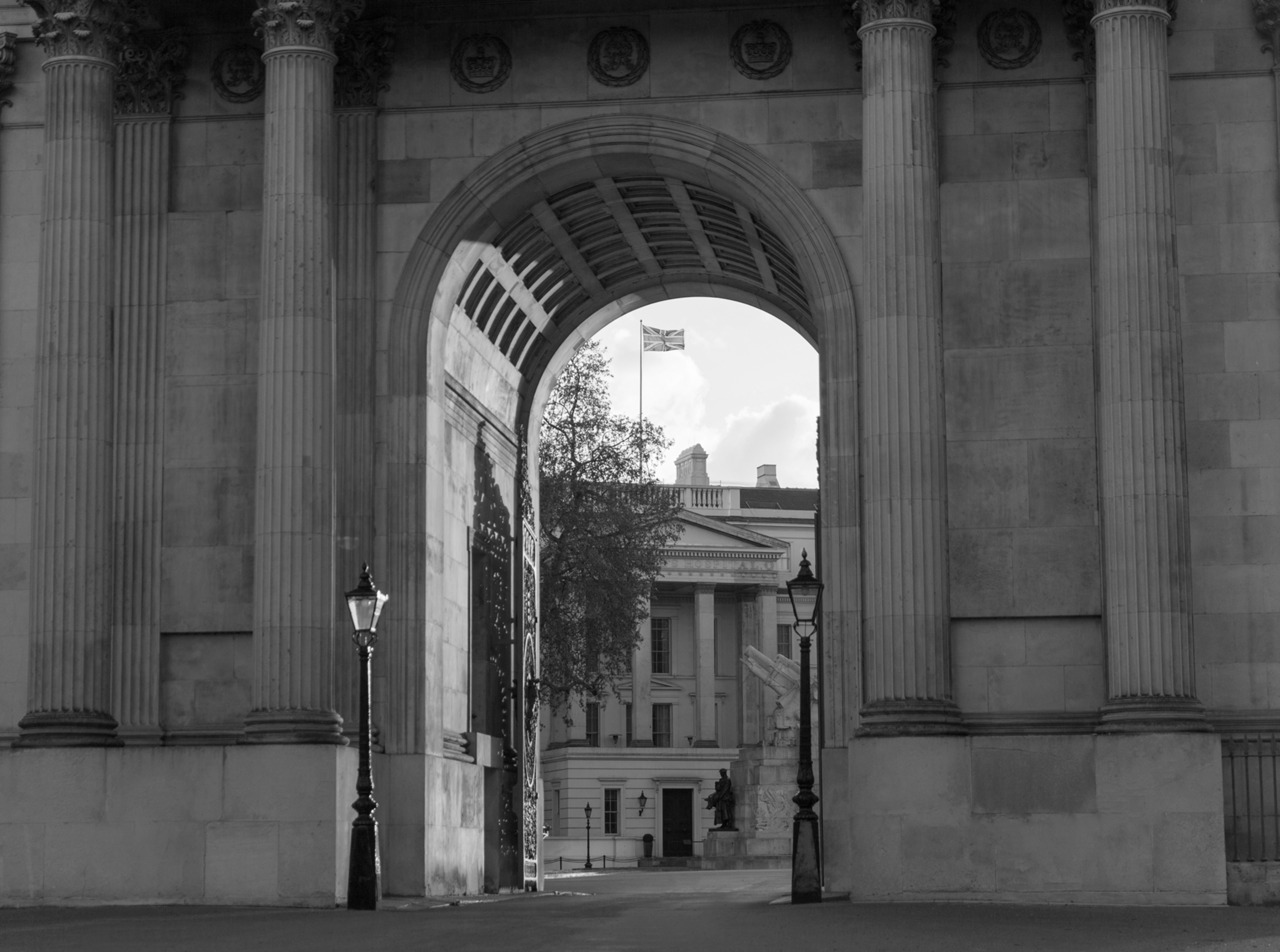

There is little that Londoners cherish as much as their sense of history and heritage. Presiding over Hyde Park Corner, The Lanesborough stands proud as one of the most beautiful examples of Regency design anywhere in Britain. Built as a home to the second Viscount Lanesborough in the early 18th century, over the years this stately mansion would become a place for the well-heeled London society to see and be seen. This tradition is kept alive today, as our custodians share this piece of timeless British luxury with our guests.
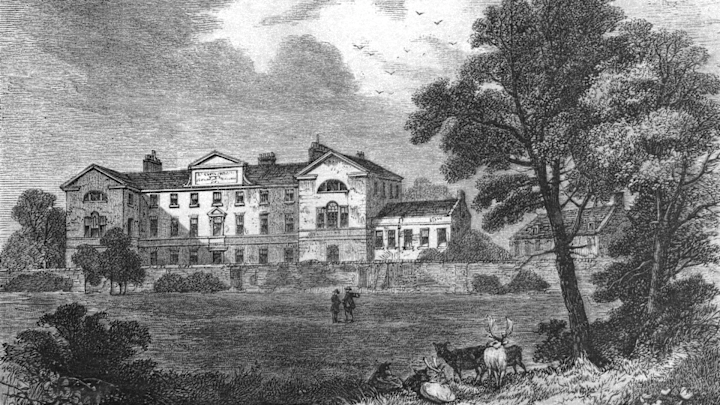
Our story begins in 1719, when James Lane, second and last Viscount Lanesborough, builds Lanesborough House on open land, an elegant country mansion in the village of Knightsbridge, which would be his home.
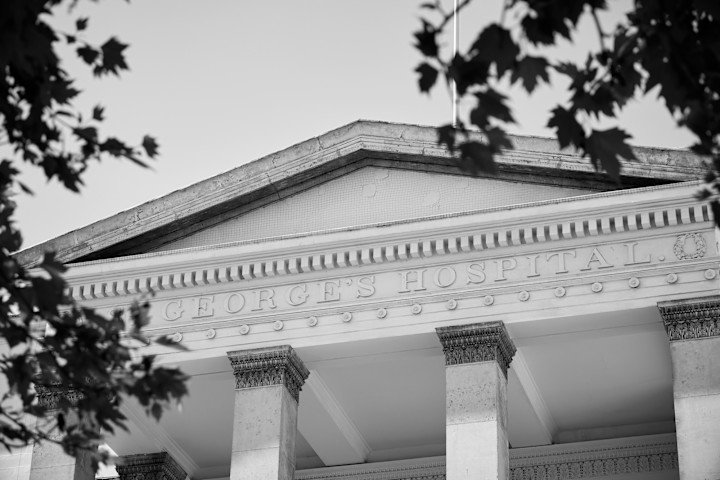
A group of physicians leases Lanesborough House, which will house the original St George’s Hospital. The state-of-the-art hospital caters to a growing London society and by 1747 the hospital has 15 wards and 250 beds, an impressive capacity at the time.
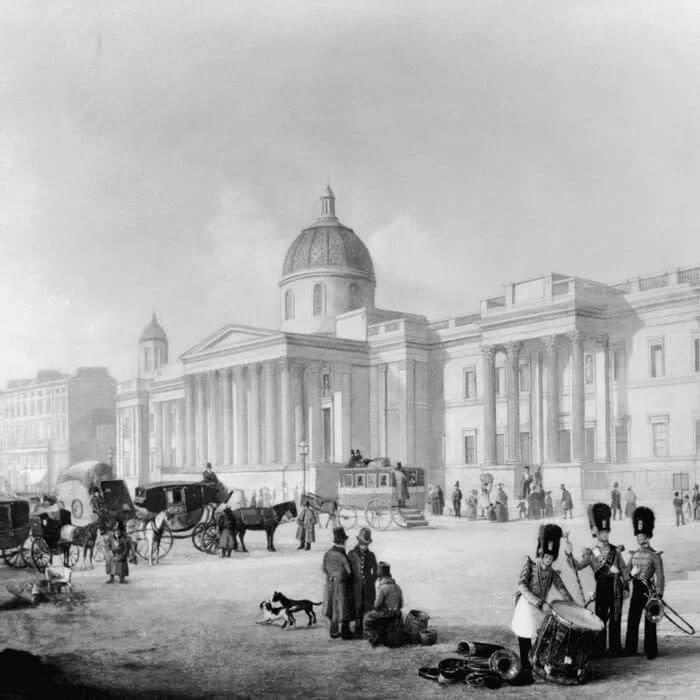
Respected architect William Wilkins, best known for his designs of famous buildings including the National Gallery, is commissioned to redesign the building. Wilkins employs classical Greek revival styles, hallmarks of the Regency period.
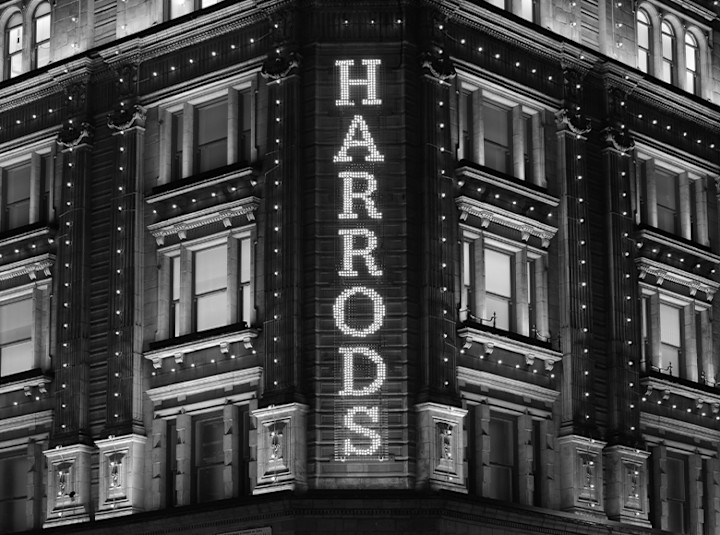
Knightsbridge emerges as a prestigious district, as affluent Londoners, retailers and embassies from neighbouring Chelsea, Belgravia and Mayfair take up residence in elegant streets and squares. Knightsbridge’s transformation is aided by the establishment of iconic luxury department stores, Harrods and Harvey Nichols, as well as its proximity to Hyde Park.
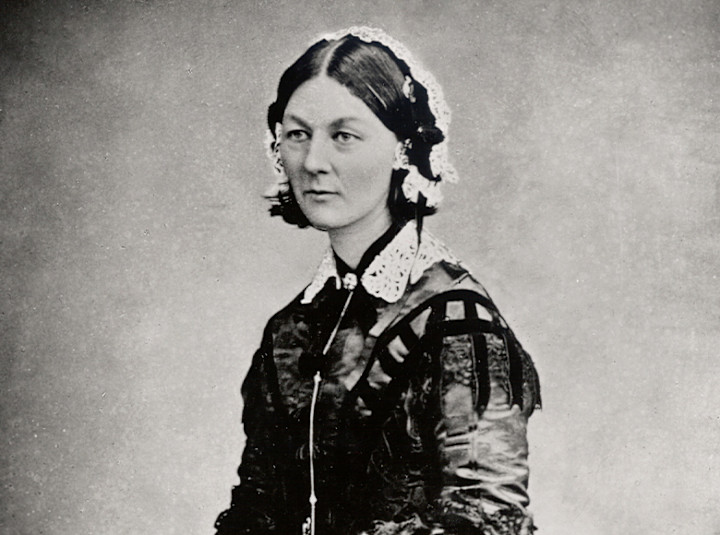
Social reformer and founder of modern nursing, Florence Nightingale, is appointed as the first female governor of St George’s Hospital in recognition of her distinguished service during the Crimean War. During her tenure, she implements sanitary reforms, and a third floor and a new wing are added to Lanesborough House on her behest to improve patient care.
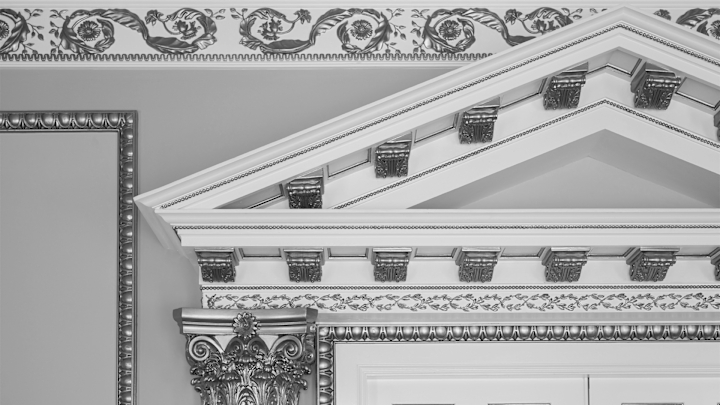
In the post-war years, the hospital begins to outgrow Wilkin’s beautiful Regency building, and the National Health Service, which has taken over St George’s Hospital after World War II, determines St George’s will relocate to a new purpose-built hospital in Tooting in south-west London.

The old St George’s Hospital closes its doors. Disconcerted Londoners wonder what will become of their beloved Lanesborough House, a historically significant building occupying prime real estate at the south-eastern corner of Hyde Park.

Planning permission is granted by Grosvenor Estates to convert the landmark building into a luxury hotel by the Fitzroy Robinson Partnership. Its mission: To create a luxury hotel incorporating as much of the original magnificent façade as possible, whilst completely renovating and converting the interior.
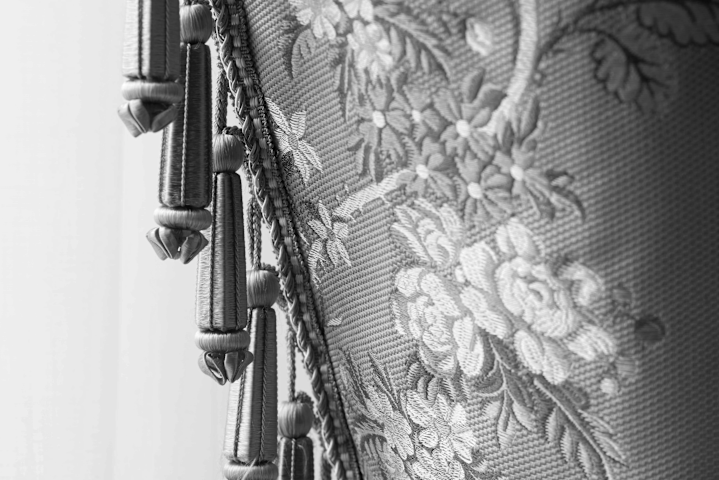
Inside Lanesborough House, extensive work begins as part of a £80 million renovation to create new spaces and facilities which impart the lustre of a luxury hotel. In an unprecedented co-operative effort, the architects, designers and a group of world-class artisans work closely with esteemed historical preservation organizations, including the Royal Fine Arts Commission, the Georgian Society, the Victorian Society and English Heritage.
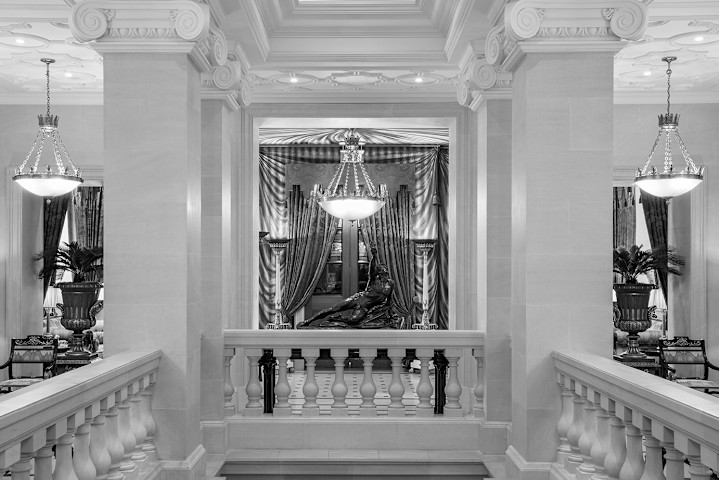
The result of the renovation is a lovingly tendered representation of what William Wilkins might have done if he had designed a residence, rather than a hospital. Thankfully, some of the most notable of Wilkins’ original architectural elements are still intact today, including the entrance foyer, the main corridors and graceful stairways.

London’s newest luxury hotel opens as The Lanesborough, marked by a glamorous, star-studded New Year’s Eve party. At first Rosewood Hotels would manage and operate the new hotel, which was designed in the style and manner of a grand 19th century town house. The occasion signified the rebirth of a treasured London landmark; the beginning of a new era.
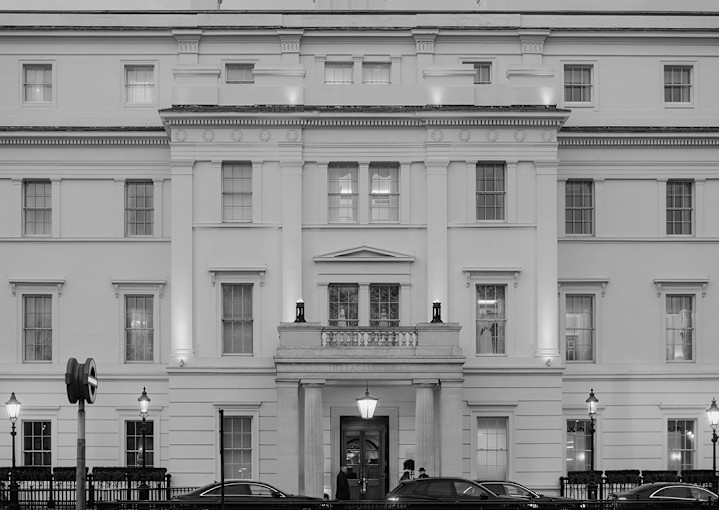
The Lanesborough establishes a reputation as a place to see and be seen, setting the stage for rock stars and royalty over the years. Madonna, Joan Collins, Bianca Jagger, Cher, Arnold Schwarzenegger, Sylvester Stallone, Johnny Depp, Michael Bolton, Mariah Carey, Stevie Wonder and Pamela Anderson are amongst the many celebrities and who stay, dine and celebrate at The Lanesborough during its earliest days.
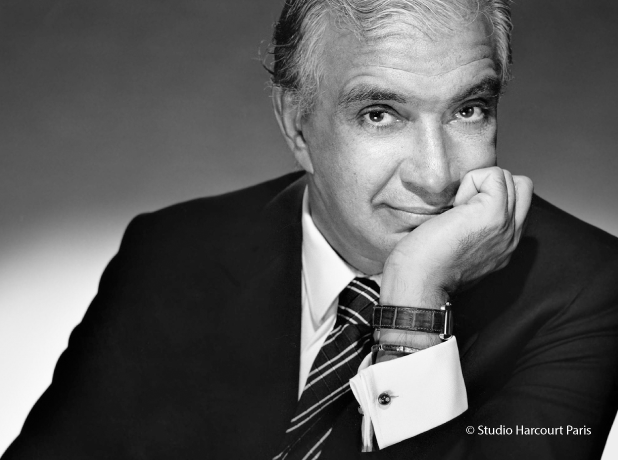
Between 2013 and 2015, The Lanesborough briefly closes its doors whilst completing an extensive renovation under the helm of esteemed interior designer Alberto Pinto. Pinto is tasked with reflecting the signature style of the hotel and honouring the building's architectural heritage as one of London's most revered Regency landmarks, whilst incorporating the latest in contemporary luxury and technology, befitting the needs of the 21st century traveller. The project marks one of Pinto’s final ventures before he passes away in 2012. Guests today see his legacy live on at The Lanesborough.

A team of over 300 artisans using age-old techniques, known to be used in decorating palaces, are entrusted to deliver a distinctive form of luxury, befitting The Lanesborough. The craftsmen include embroiderers, crystal specialists, cabinetmakers, gilders, mirror specialists, painters, plasterers and carpenters. Special attention is paid to ceilings and walls, which are hand-painted and decorated with ornate stencilling and over 2,000 books of 23 ¼ carat gold leaf. 95% of materials are bespoke creations for The Lanesborough made by British designers.
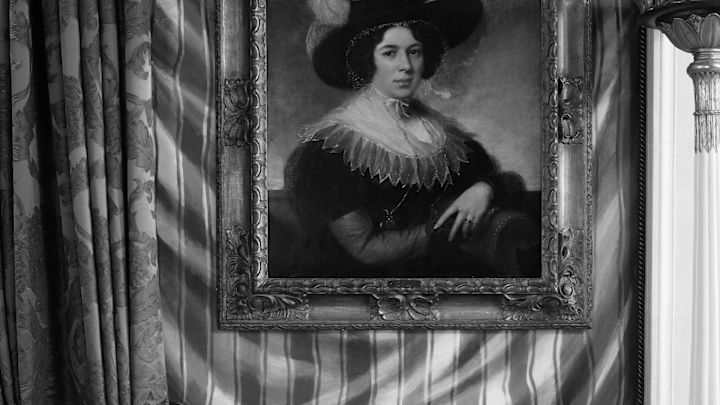
Visto is appointed to curate a sophisticated 2,000 piece art collection predating the 1830s, on display throughout the hotel. The vision is a collection of original art English affluent households of the 18th century would have had in their homes. The collection includes military, naval and hunting themes, Italian and British landscapes and portraiture.

Pinto’s transformation is one of the most talked about hotel openings of 2015, as The Lanesborough reopens its doors as a new Masterpiece Hotel of Oetker Hotels. The meticulous attention to detail and bespoke design surpass that usually entailed in hotel projects and sees The Lanesborough regain its position as London’s finest residence. The Lanesborough is recognised as a Grade II* listed building of particular national importance, sharing this status with iconic London landmarks such as the Royal Albert Hall.
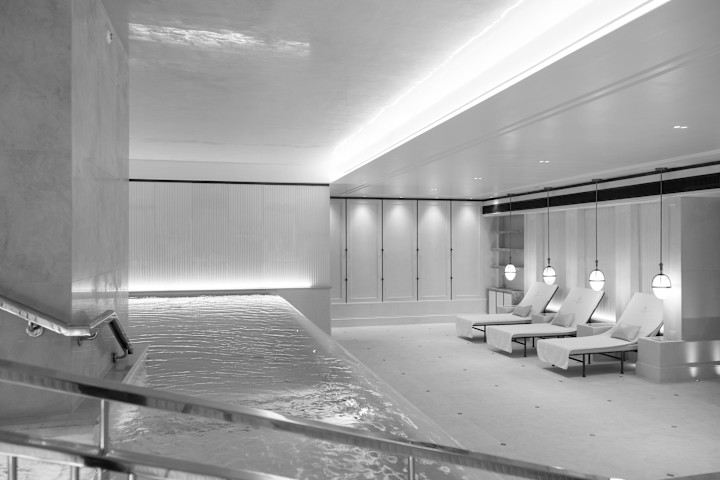
The Lanesborough Club & Spa opens amidst much excitement as London’s newest luxury lifestyle private member’s club and spa. The subterranean wellbeing haven, designed by 1508 London, spans 18,000 square feet and offers guests and members a 360° approach to wellbeing, in collaboration with resident experts who are leaders in their respective fields. Immaculately conceived spaces include a spa with hydrotherapy pool and six treatment suites, a member’s lounge, a restaurant and a spacious gym.

The Lanesborough is crowned the No. 1 Hotel in London by the Travel + Leisure World’s Best Awards, whilst The Lanesborough Club & Spa is named Best Spa in London by the Good Spa Guide and England’s Best Hotel Spa by the World Spa Awards.

The hotel welcomes its perhaps most notable resident to date, an adorable Siberian forest cat, Lilibet, named after Her Majesty Queen Elizabeth II. Lilibet joins the feline ranks of fellow Masterpiece Hotels, Le Bristol in Paris and Brenners Park-Hotel & Spa in Baden-Baden, which are in turn home to Socrate and Cleopatre.
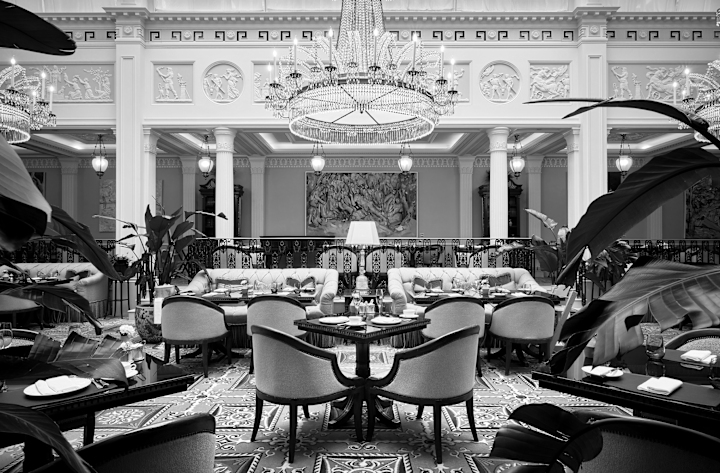
The Lanesborough Grill opens under the helm of Michelin award-winning Chef, Shay Cooper. Menus showcase Cooper’s modern and innovative British cookery, with a focus on seasonal produce sourced from across the British isles.